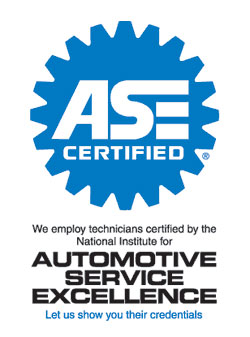Your car’s charging system is made up of 3 main components: the battery, voltage regulator, and alternator. Your alternator and battery work in conjunction to power your car: everything from the lights to the instrument panel. The alternator gets its name from the alternating current, invented by Nikola Tesla. Alternating currents are more effective than direct currents (invented by Thomas Edison). Cars used to use generators (that used direct current), but as car technology progressed more power was necessary.

The alternator is usually in the front of the engine; it’s driven by a crankshaft that turns the piston’s up-and-down movement into circular movement. Basically, the effect of the alternator is to produce power from an alternating current through electromagnetism. Two main components produce this power: the rotor and stator. As the nomenclature suggests, the rotor rotates inside the static stator.
Alternators don’t last forever; they get dirty and worn over time. The most common problems that pop up with alternators come from bearing failure. The needle bearing is what allows the rotor to spin inside the stator.
There’s a lot of science and technology that goes into understanding fully how an alternator works. These are just the basics to give you a general idea.
Luckily, there are experts available to understand this technology for you. Here at Rolling Auto Service, we offer alternator replacement alongside a host of other auto-services. For more information, give us a call at (941) 493-6511.

WE COME TO YOU!
The Best Mobile Mechanic In Venice, Florida

